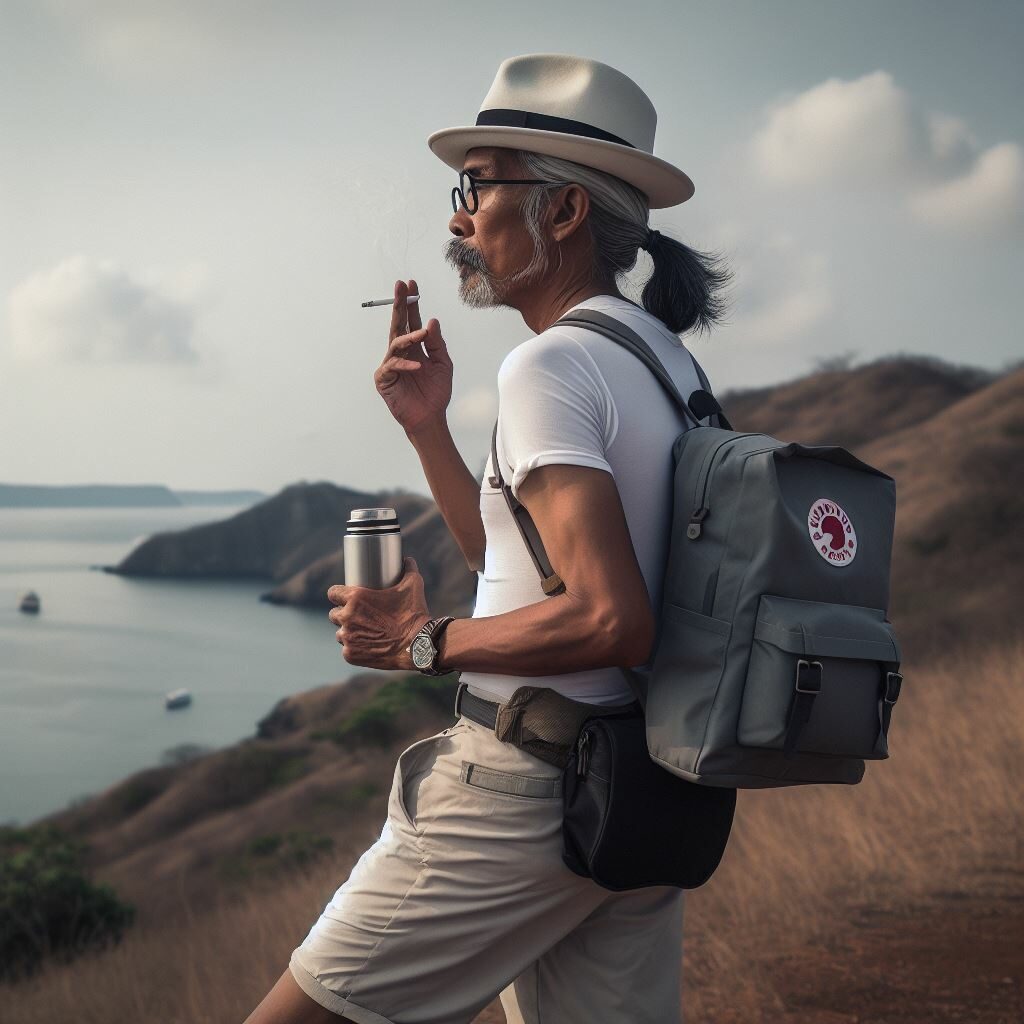Mooi Indie (Beautiful Indies) is a genre of painting that emerged in the Dutch East Indies (now Indonesia) in the late 19th and early 20th centuries. It is characterized by its romantic and idealized depictions of the Indonesian landscape and people.
Mooi Indie paintings often feature lush tropical rainforests, towering volcanoes, and tranquil rivers. They also depict traditional Indonesian villages, people in traditional dress, and scenes of everyday life.
Mooi Indie painters were typically European or Indo-European, and their work was often commissioned by the colonial government or wealthy Europeans. However, there were also some Indonesian artists who painted in the Mooi Indie style.
The Mooi Indie genre was popular for several decades, but it declined in popularity after World War II. This was due to a number of factors, including the rise of Indonesian nationalism and the development of new artistic styles.
Today, Mooi Indie paintings are still admired for their beauty and their historical significance. They are a reminder of a time when Indonesia was a colony of the Dutch East Indies, and they provide a glimpse into the lives of Indonesians during that era.
Here are some of the most famous Mooi Indie paintings:
- Potret Pasangan Jawa (1857) by Raden Saleh
- Sawah di Bali (1903) by Isaac Israels
- Danau Maninjau (1910) by Abdullah Suriosubroto
- Gunung Merapi (1920) by Willem Gerard Hofker
- Desa di Jawa (1930) by Adrien Jean Le Mayeur de Merprès
Mooi Indie paintings can be found in museums and galleries around the world, including the National Gallery of Indonesia in Jakarta and the Rijksmuseum in Amsterdam.

